Septic Tank Pros and Cons
Here’s the septic tank pros and cons including what it is, how it works, cost and what to know before buying a house with a septic tank installed.
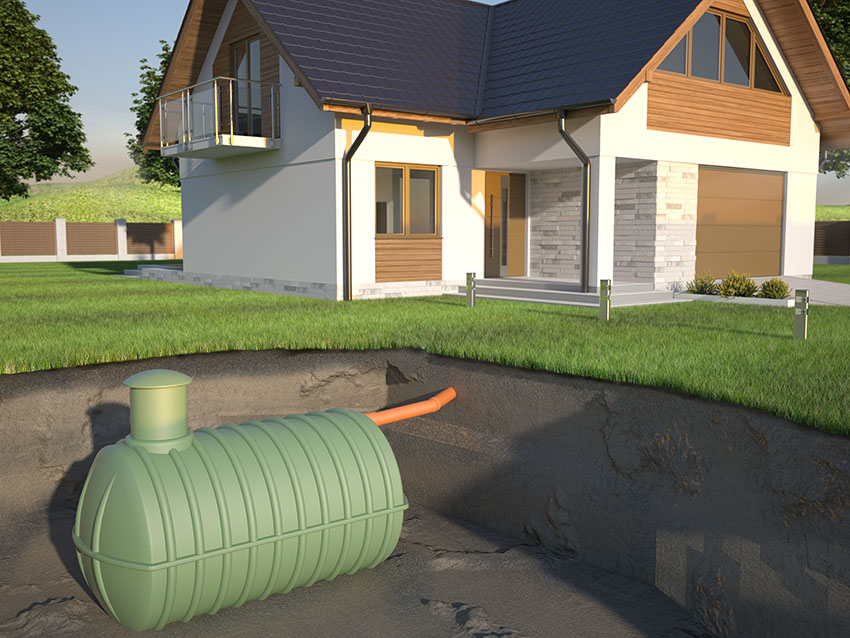 The septic tank and system used to be among the most important, if unseen, parts of a home. While not many modern homes in the city or big towns still use these fixtures, you are bound to encounter this home feature if you are thinking of buying property and living in a rural area.
The septic tank and system used to be among the most important, if unseen, parts of a home. While not many modern homes in the city or big towns still use these fixtures, you are bound to encounter this home feature if you are thinking of buying property and living in a rural area.
In rural areas, you might still find yourself looking at properties that have this underground container or be told that you will need to install one. If the property you’re eyeing to purchase has this fixture there are several consideration to make. [toc]
What Is A Septic Tank?
A septic tank is a water-tight container usually made of either concrete, fiberglass, or polyethylene. It’s designed to hold wastewater and is generally buried underground on the grounds of a residential, commercial, or industrial building.
It is part of your home’s wastewater treatment system. Dirty water from your bathroom, kitchen, or laundry area travels down the drain, through your plumbing system, and into the container.
Most modern homes in cities or towns don’t need one because they are connected to their municipality’s main sewage line. For these homes, wastewater goes down their drains and is carried to the central sewage system, which takes it away to a water treatment plant. It’s usually only older homes or homes in rural areas that still have this container.
If your property has one or you are thinking of using this container instead of your area’s sewage system, it’s crucial to understand how it works.
How Does a Septic Tank Work?
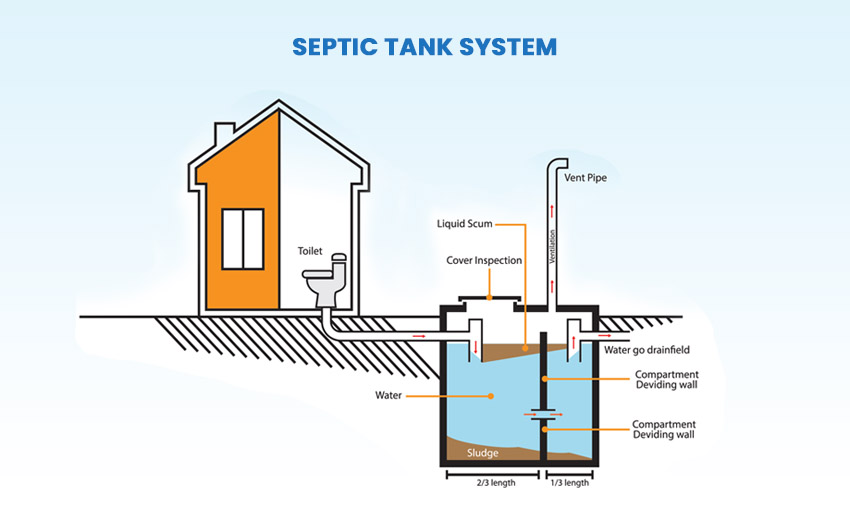
It is part of your septic system, which includes a drain field or soil absorption field. This fixture has two pipes, with one connected to your home’s plumbing system and the other going to your drain field.
The wastewater your household generates travels down your drain and through your plumbing, and into the container. In the tank, organic matter and solids are separated from the water, which is then discharged into the drain field and filtered through the soil.
As the wastewater passes through the soil in your drain field, harmful bacteria and viruses are removed naturally. The clean wastewater is then discharged into the groundwater.
Pros of a Septic Tank
Cost-Effective – One of the biggest pros is that it can be more cost-efficient than hooking your home up to your area’s central sewage system. This is especially true if you are buying a home with an existing tank.
Building and installing sewer lines can add to the cost of renovating a home. Some people find that using an existing one or installing a new system is cheaper than linking up to a central sewage system.
No Monthly Fees – This container might also come off as cheaper in the long run, as you can save money on property taxes and won’t need to pay monthly maintenance fees to keep hooked up to the municipal sewer system.
Buying and installing a new one will probably cost you around $4,000 to $6,000 while connecting your home to a centralized sewer system can cost you $10,000 for piping installation alone.
There will also be property taxes and maintenance fees, and plant fees. You will probably be charged $25 to $75 monthly to use your area’s sewer system and wastewater treatment facilities.
Eco friendly – A properly maintained fixture can be more environmentally friendly. These containers keep wastewater from contaminating the water supply and remove bacteria naturally, unlike commercial waste treatment facilities, which use potentially hazardous chemicals. The cleaned wastewater is then released back into the groundwater supply.
Returns Water Back to the Surrounding Environment – A septic system and your municipal water treatment plant have the same goal, treat and clean wastewater so it can be used again. The former, however, returns the clean water “locally .”It returns to the ground and the groundwater table in your area, directly benefiting your water supply as well as the land around you. Water from a municipal system will be dumped in a river, lake, or ocean so it won’t benefit you directly.
Cons of a Septic Tank
Homeowner is Responsible for Maintenance – One major con is the fact that its maintenance and upkeep are the homeowner’s responsibility. You are the one responsible for ensuring that your tank works properly and doesn’t get backed up or spring a leak.
It requires constant maintenance as a failing system can contaminate the ground around it and the groundwater.
Needs to be Regularly Serviced – Maintaining this system means draining the container of the sludge that accumulates in the bottom. To keep it working properly, it will probably need to be pumped and drained every three or five years, which will cost around $200-$400.
Can Overflow – One other problem owners might face is an overflowing container, sending wastewater and other contaminants onto the grounds. This is something that can occur if your tank overflows, either due to too much wastewater being pumped into it or if the area above and around it gets flooded.
If you live in an area that gets a lot of rain or where storms are common, as a precaution, you’re going to want to make sure that you install a tank that can handle not just the water from your home but also the volume water coming from the sky.
To be sure that the container remains in good working order, you might want to have it inspected after a bout of bad weather.
The size is critical to ensuring that the system works properly. If there’s too much liquid pouring into the tank, it won’t drain quickly, and this can cause backflow problems.
If your household activities use a lot of water, if you run the dishwasher often or take a lot of baths, or if there’s a lot of rainwater and your tank is too small, you’re going to have backflow and flooding problems.
Need to be Mindful of Clogging – You’re also going to be a little more careful with what you flush or pour down your drains if your home uses a tank. Septic lines can get clogged by materials such as certain hygiene products (sanitary pads, tampons, dental floss), paint, hair, grease, and oil.
While sewer systems can get clogged by these materials as well, that’s the municipalities’ problem, not yours. If the container its pipes gets clogged, however, that is your problem, and you’re going to have to repair it.
Are Septic Tanks Bad?
Septic tanks are not bad, but some people find it more convenient just to get rid of and treat their wastewater using their area’s sewer system and water treatment facilities.
If you install one in your home and use your own system to clean your wastewater, you are responsible for making sure the system is maintained and working correctly.
Some people find that idea daunting, which is why they opt to hook their homes up to a sewer system. If, however, you feel that you can take the time to care for your system, you will find that a tank is an answer to your wastewater treatment needs.
What To Know About Septic Tanks

• It requires regular maintenance. The waste that is separated from the water in your tank settles to the bottom, forming a sort of sludge. You will need to have this sludge drained every few years to ensure that your tank doesn’t overflow.
• These containers are very durable. Properly maintained and cared for, a good type can last your home for a decade.
• A septic tank and your system should not stink. If you smell a foul odor coming from the area your tank is buried or arising from your pipes, there is something wrong, and you should have the system inspected.
• The system will not contaminate your water. A sound septic system treats the wastewater naturally, removing bacteria, viruses, and organic matter before releasing the water back into the groundwater table.
• Certain areas have different requirements for homes with these tanks. Make sure to check on the regulations for these containers in your particular area before installing or removing one.
• Make sure to keep the area around your tank and septic system relatively clear. Don’t plant trees or any other plant with extensive root systems around your tank. You should also not build anything heavy or even park a heavy vehicle on the system.
• Low-flow toilets or those with a pressure assist function can help prolong the lifespan and increase the efficiency Read more about types of toilet flush systems here.
Do All Houses Have Septic Tanks?
Not all homes have these containers. New homes located in cities or towns with a centralized sewage system are more likely to be connected to this system, allowing them to do away with a septic tank.
If you plan to renovate an older house into your new dream home, you might find that it includes a septic tank and drain field. You must then choose between keeping your home septic system or, if it’s possible, connecting your home to the sewage system.
Also, if you plan to build or buy in a rural area, there might not be a central sewage system. In this case, you really are going to have to install and maintain one in your home.
Should I Buy a House With Septic Tank?
If you are buying a house in the countryside, you might need to consider homes with a septic tank. Many rural areas don’t have a centralized sewer system or nearby water treatment facilities, so these tanks and septic systems are essential for a complete home. That’s just part of “country living.”
While buying a house with one will require you to maintain your tank regularly, it’s not as time-consuming or costly as it might initially seem.
Its average lifespan is 20 to 40 years, and replacing a one costs around $3,000 to $10,000 on average. Meanwhile, regular maintenance, meaning draining the sludge tank, only needs to be done every three or four years and will cost around $300-$600.
Given the fact that you can actually “ignore” this container for years, some people find that they save money by not hooking their homes up to a public sewer system. It’s also considered a more environmentally friendly way of treating wastewater.
However, before deciding on buying a home with this fixture, you should ask the previous homeowners when their system was installed. It would be best to ask to see the inspection history of the home’s septic tank.
Inspections should be conducted every three years, and you want to make sure that it is in good order before you agree to buy the property. Some areas even require that the septic system be inspected before a home is sold.
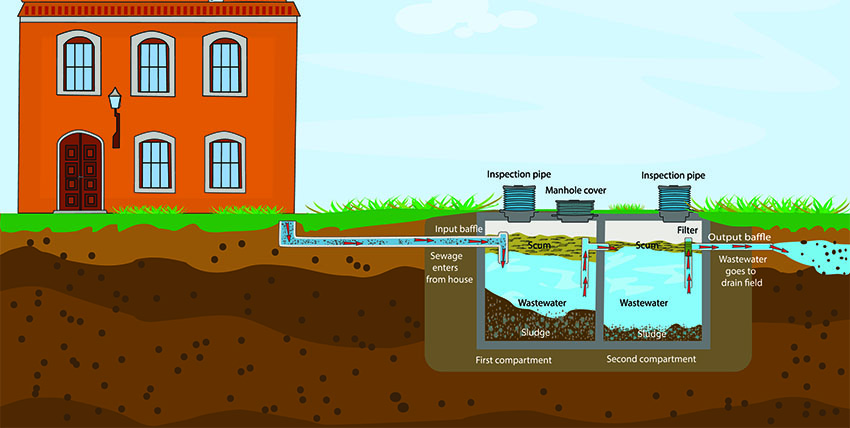
Can You Have a Septic Tank and City Water?
If you decide to use a septic system, you can still use your city water systems as standard. You will just not be connected to the city sewage system.
Depending on your area, there may be rules and regulations governing the use and maintenance of home septic systems, so you should look into that before making your final decision on having a septic tank in your home.
See more related content in our article about the pros and cons of well water here.

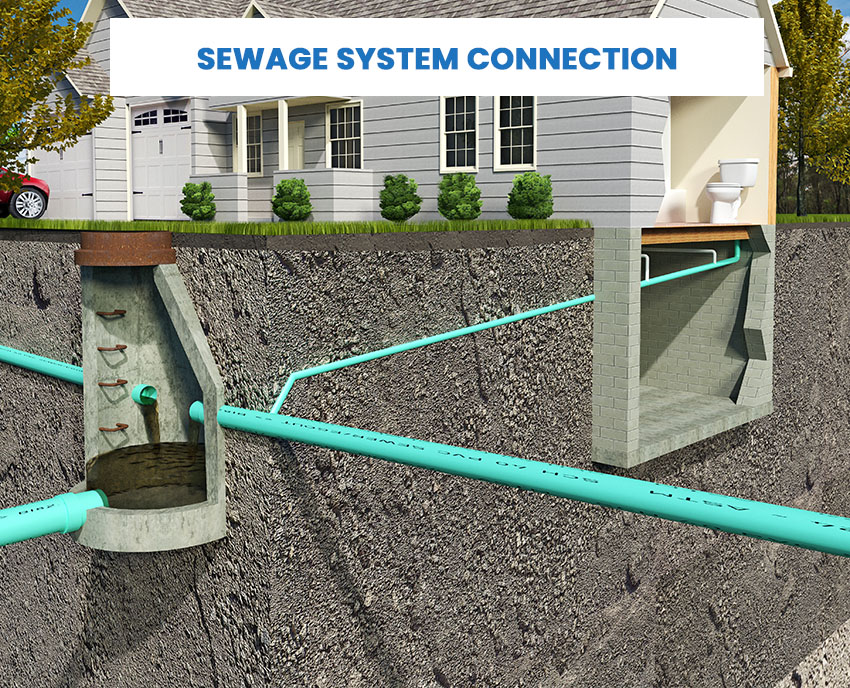



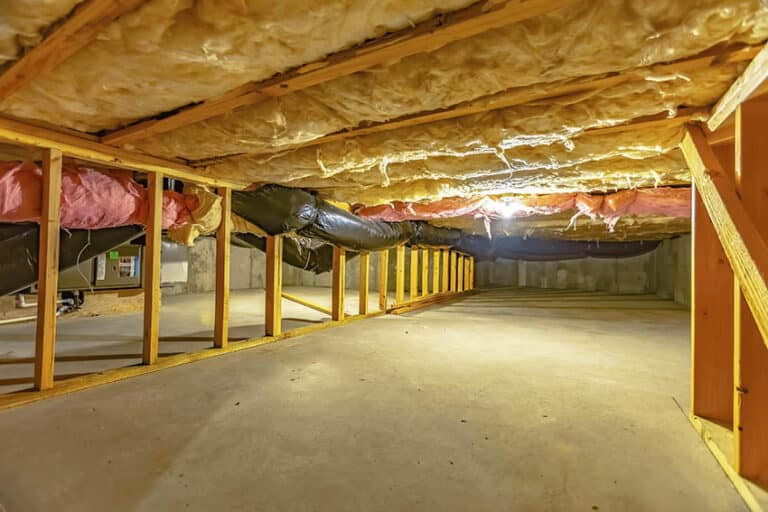
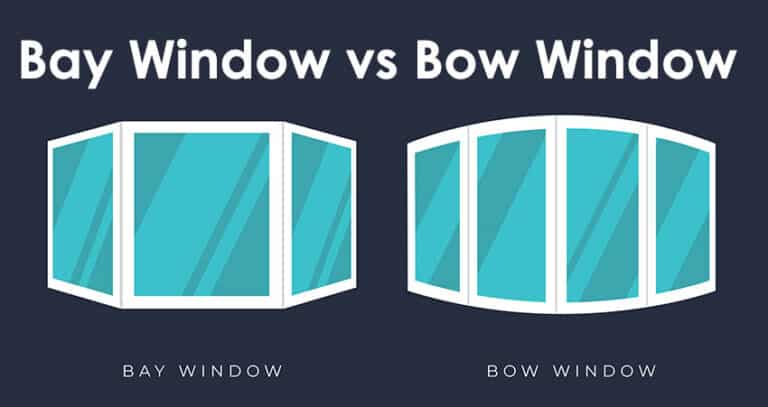
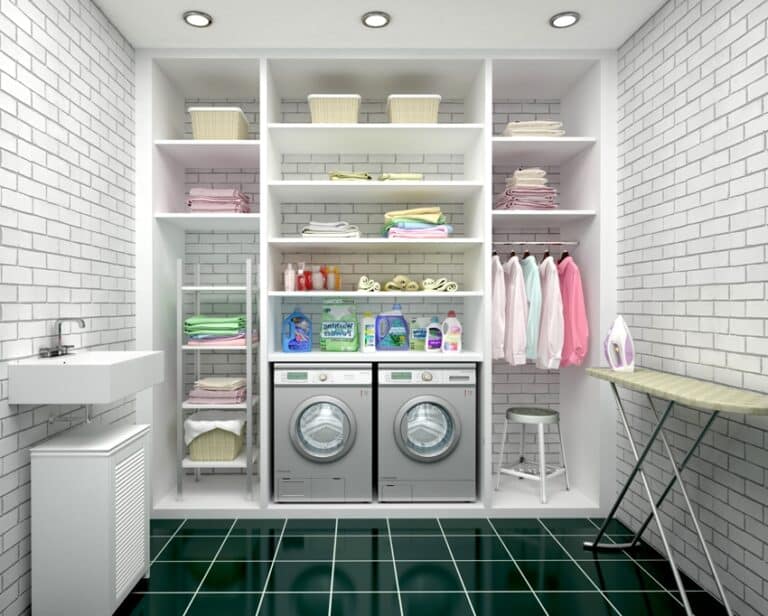
Thank you for explaining that you should keep the area around your septic tank relatively clear. We just had one installed, and we’ve been wondering how we should care for it over the coming years. I’ll be sure to keep this in mind as we plan out our landscape.
I didn’t know rainwater could seep into the septic system. I need to get a plumber to check out my system. I keep hearing a gurgling noise.